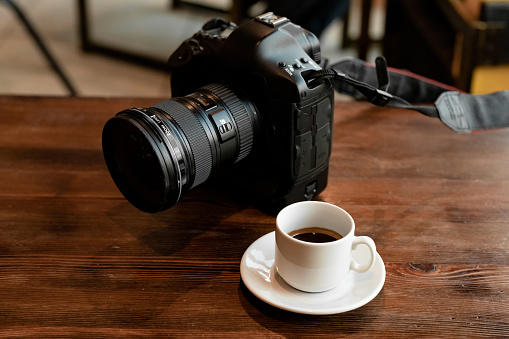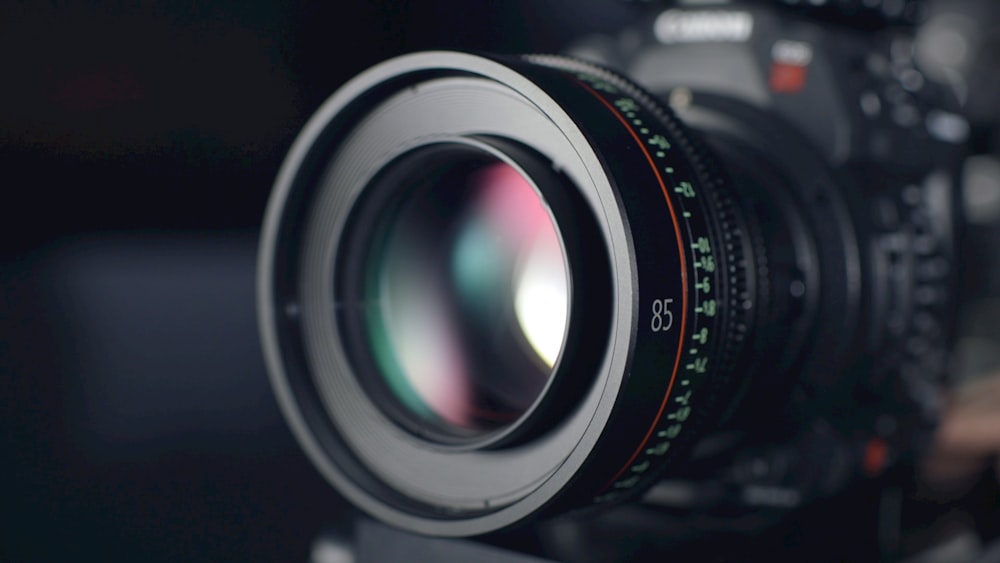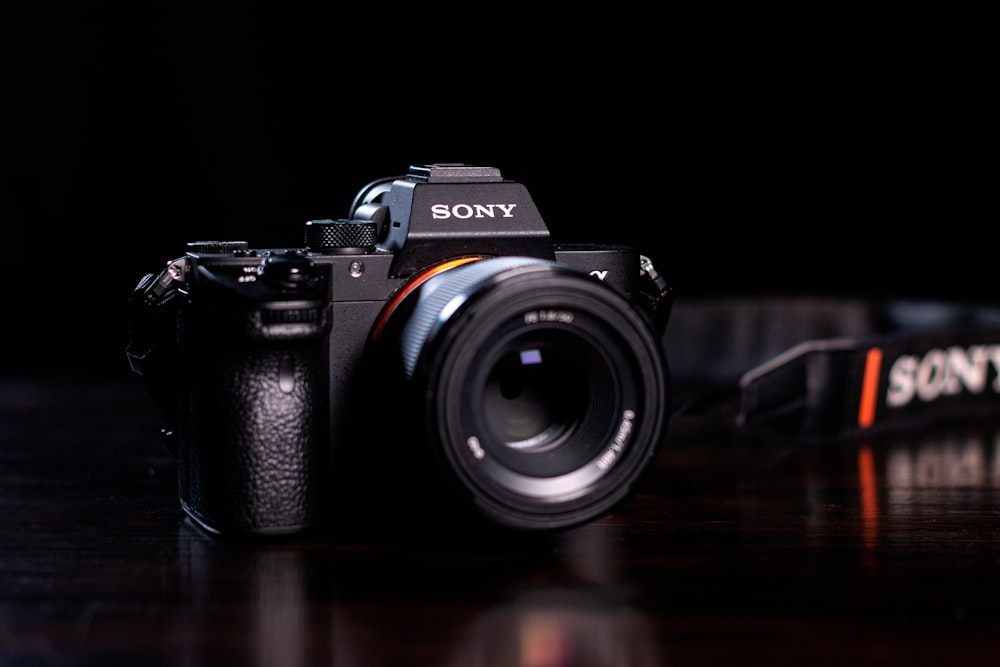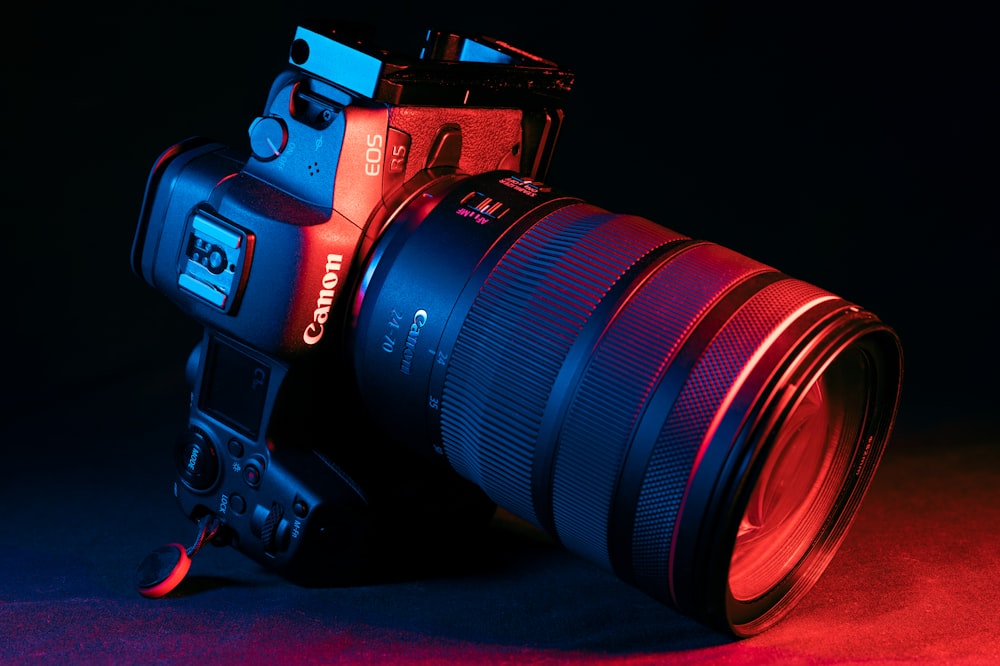Best Cameras for Astrophotography: Be a Pro
Here, we’ve compiled a list of the top astrophotography cameras that will, in our opinion, enable you to produce some breath-taking Astro-photos. Additionally, you may view each camera’s best prices. Having one of the best cameras for astrophotography has the added benefit of being a versatile camera with excellent daytime performance. As the cost of living continues to climb, we all want to avoid having to spend money on new equipment.
Nikon D850 DSLR: Astrophotography Cameras
IMAGE CREDITS: Unsplash.com
Despite being over five years old, the Nikon D850 DSLR competes favorably with more recent models in several photographic fields, including astro. The D850’s 45.7-megapixel image sensor captures incredibly detailed still images while minimizing image noise. Even 4K UHD 30 frames per second video can be captured for individuals who want to make star-studded movies.
It is noticeably heavier, thicker, and bulkier than Astro-specific cameras or its mirrorless competition, in part because of when it was made. No matter what location you choose to shoot in, it will still last for many years because of its durable design and superb weather sealing.
Sony A7R IVA
IMAGE CREDITS: Unsplash.com
With a few small modifications, the Sony A7R IVA is essentially the same as the Sony A7R. As you can see from our evaluation of the Sony A7R, despite its high price, we think it is an amazing camera with unmatched performance and image quality.
Because it provides superb clarity, even in the deepest depths, and has no trouble with dazzling highlights, this camera shines at astrophotography. At speeds up to ISO 6400, you can utilize the photographs right out of the camera, but noise will start to show up after that, which is not surprising.
Fujifilm X-T5: Astrophotography Cameras
The most recent member of Fujifilm’s X-series, the X-T5, has taken the position of the company’s now-discontinued X-T4 in this guide. The XT-5 offers a number of enhancements for not a significant price increase.
The camera’s timeless design makes it fashionable, but once you get used to which dials do what—which, as we discovered in our Fujifilm X-T5 review, will take some practice—it is easier to use in the dark. The processing engine on the 40.21MP CMOS sensor is twice as fast as the one on the XT-4, providing even greater image quality than the 26.1MP predecessor.
Sony A7 III
IMAGE CREDITS: Unsplash.com
One of the brightest lights in the field of astronomical cameras, the Sony A7 III is a favorite among Astro-photographers who like to use mirrorless cameras (pardon the pun). Its electronic viewfinder offers a helpful exposure-ramped view to help in composing Astro-photographs, even if it is less detailed than the others we’ve listed. Even though it is not as complex as some on this list, low light autofocus detection still works effectively at -3 EV. We were very struck by the Sony A7 III’s excellent dynamic range, which enables you to recover incredible information from the shadows.
Nikon Z6 II: Astrophotography Cameras
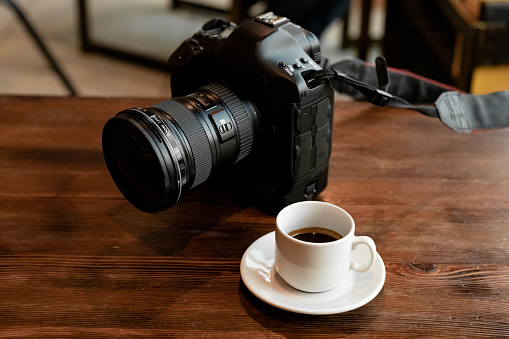
IMAGE CREDITS: istockphoto.com
It makes sense to discuss the Nikon Z6 II, which is the sequel to the Nikon Z6, as the Nikon Z6 is also covered in this article. There aren’t enough improvements to justify moving from one model to the next, and if you’re only going to use it for astronomy photography, it’s not worth the extra money, as we explained in our hands-on Nikon Z6 II review.
Having said that, let’s say you’re upgrading from a novice model, taking videos, and shooting more types of photography in addition to Astro. If you have the extra cash available, the Z6 II is a good option because it is a little more sophisticated in that situation. Observe all the features the Z6 has, but add a second memory card slot for more storage and security.
Nikon Z6: Astrophotography Cameras
The Z6 (one of the first two mirrorless cameras Nikon ever created) is still a fantastic camera and performs exceptionally in low light, despite having been replaced by the improved Nikon Z6 II some time ago. In our opinion, the Z6’s lower resolution makes it superior to its bigger brother, the Z7, for Astro-photographers. A full-frame image sensor with a reduced resolution produces final images with less image noise. Additionally, the Z6 is considerably less expensive than the Z7.
Canon EOS 6D Mk 2
IMAGE CREDITS: Unsplash.com
If you want to try astrophotography but don’t want to spend a fortune. The Canon EOS 6D Mk 2 is a good option. Even though it lacks some contemporary features, this full-frame choice is excellent for the price.
Even when the camera is pointed upward, it is simple to construct the scene. Thanks to its convenient vary-angle touchscreen display. The EOS 6D Mk 2 is ideal for capturing detailed films of the night sky. Because it can shoot 4K time-lapses (in timelapse mode), which is especially useful when combined with a slider or a star tracker. In our study of the Canon EOS 6D Mk 2. We discovered that you should stay away from this model if you want to capture quick action in low light.
ZWO Optical ASI183MC Pro: Astrophotography Cameras
This small, full-color camera has a built-in cooling system to reduce noise when taking long exposure photos. The ZWO Optical ASI183MC Pro, which is the color version of the ZWO Optical ASI183. It is one of the greatest astrophotography cameras currently available.
In our evaluation of the ZWO Optical ASI183MC Pro. We discovered that it is a fantastic option for Astro-photographers searching for a specialized Astro-imaging camera. When going on a shoot, you won’t need to bring many RGB filters. Other Astro cameras are considerably larger and heavier than this one. Still, at 1.6e read noise, it’s a serious camera.
Canon EOS R: Astrophotography Cameras
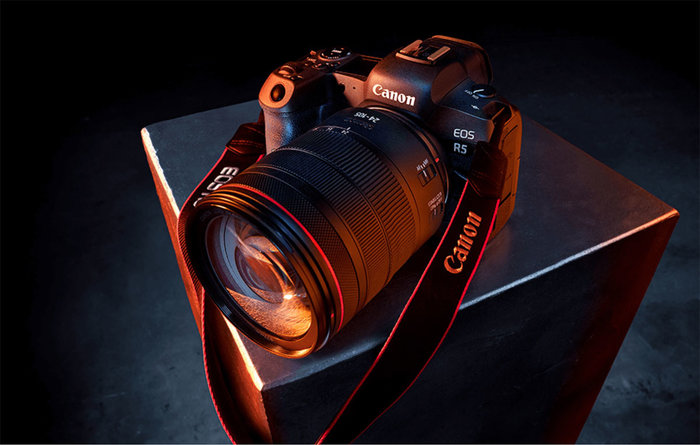
IMAGE CREDITS: Unsplash.com
Canon’s first full-frame mirrorless RF system camera, which is already four years old, nevertheless competes favorably with more contemporary models.
You’d have to be a little kinder with it than you would with other of the more robust models. Like the Nikon Z6, and the layout of the buttons could be clearer. As we highlighted in our Canon EOS R review. It’s also not the sleekest or best-built chassis. While none of these would be grounds for not purchasing this model, they would require some getting accustomed to.

